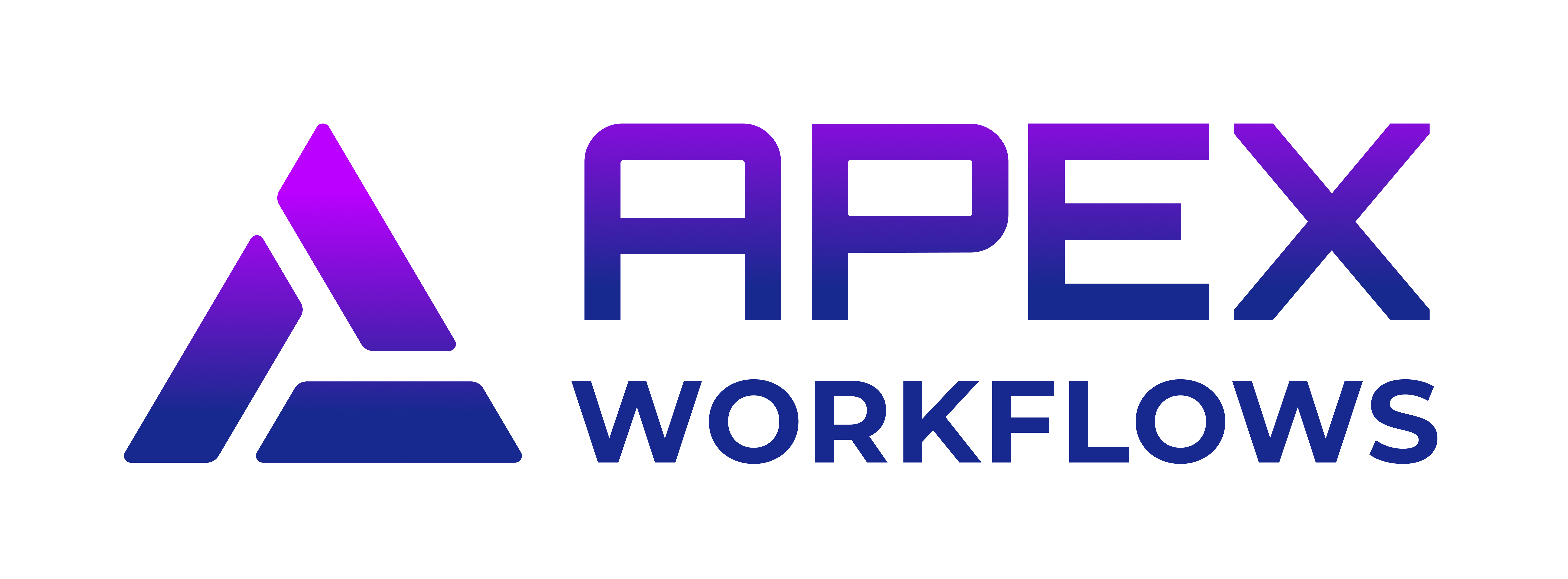Mid-sized firms across industries are under increasing pressure to adopt artificial intelligence (AI) to maintain competitive advantage, streamline operations, and meet customer expectations. While enterprise giants often have the resources to experiment freely and startups are agile by design, mid-sized companies sit in a challenging middle ground. These firms must strike a delicate balance between speed and scalability, without derailing existing workflows or straining limited budgets.
Despite AI’s promise, many mid-sized firms still struggle with optimizing their AI workflows. Too often, they jump into implementation without building the right foundations. The result? Automation initiatives that underdeliver, create friction, or get scrapped entirely. Below, we examine the five most common AI workflow mistakes mid-sized businesses continue to make—and more importantly, how to fix them for faster and smarter AI deployment.
Mistake #1 – Treating AI As a Standalone Solution
One of the most persistent misconceptions surrounding AI implementation is the belief that AI tools, once deployed, can operate independently and deliver instant value. In reality, AI works best when it augments human workflows—not replaces them. Mid-sized companies often adopt AI without involving front-line teams or integrating tools into day-to-day processes. The disconnect leads to poor user adoption, misaligned outputs, and increased resistance from internal stakeholders.
To correct this, companies should focus on embedding AI organically into existing workflows. This means involving team leads during the planning phase, co-designing tools and interfaces around how people actually work, and ensuring AI acts as a true assistant rather than a black-box replacement. A strategic mid-sized company AI strategy emphasizes collaboration between teams and technology from the outset.
Mistake #2 – Ignoring Data Quality and Availability
Effective AI workflows run on quality data—but many mid-sized firms continue to neglect data hygiene. Whether it's unstructured formats, fragmented sources, or inconsistent labeling, poor-quality data leads to faulty AI models and unreliable automation. This not only reduces performance but also erodes trust in AI tools among stakeholders.
Solving this requires a dedicated effort to optimize data management. Start by conducting a full data audit to assess the current state of your information systems. Assign clear data ownership across departments and implement consistent data governance policies. From there, enforce regular quality checks and invest in tools for data cleansing and structuring. Improving AI processes begins with turning data into a reliable asset before it ever trains a model.
Mistake #3 – Overlooking Scalability When Choosing Tools
In the race to implement AI quickly, many mid-sized firms select platforms based solely on short-term use cases or low-cost options. The problem? When business needs evolve—or succeed—the chosen solution fails to scale, and organizations are forced to rebuild or duplicate efforts. This introduces costly friction and stalls automation in business growth.
To mitigate this, firms should focus on selecting modular, scalable platforms that align with long-term objectives. Frameworks that support API integrations, third-party tooling, and cloud-native architectures are far more adaptable over time than rigid, proprietary systems. Consider future needs such as multi-team expansion, integration with ERPs or CRMs, and the ability to plug in new models. Effective AI implementation means planning for tomorrow’s scale today.
Mistake #4 – Automating Without Logging and Monitoring
Once AI tools are up and running, many firms assume the job is done. But without ongoing monitoring, it’s nearly impossible to detect silent failures, data pipeline disruptions, or performance degradation. Unseen errors can persist for weeks, skew outputs, or damage decision-making confidence—all while teams remain unaware.
The key is to treat AI workflows like any other mission-critical system: they require comprehensive logging, dashboards, and automated alerts. Monitoring every step of the workflow—from inputs and model predictions to processing time and downstream impacts—enables rapid diagnosis and agile response when something goes wrong. Intelligent observability is essential for artificial intelligence workflow optimization and long-term success.
Mistake #5 – Failing to Align AI With Business KPIs
Perhaps the most fundamental error mid-sized firms make is deploying AI without linking it directly to measurable business objectives. Without clarity on what success looks like—be it reduction in processing time, increased sales conversion, or lower churn—AI investments become difficult to justify or expand.
To correct this, start with goal setting. Define clear KPIs for each AI initiative, and ensure that leadership and project teams are aligned on outcomes before implementation begins. Make performance data accessible and conduct regular reviews to showcase progress. Aligning AI workflows with strategic goals not only ensures stronger ROI but also brings executives and teams together under a common vision for success.
Conclusion: Building Smarter AI Workflows Starts With Awareness
AI has enormous potential to transform how mid-sized companies operate—but only when implemented thoughtfully. Common AI workflow mistakes like neglecting data quality, skipping scalability planning, or misaligning tools with business goals can derail progress and sour internal enthusiasm. Rather than treating AI as a quick fix, mid-sized firms should approach it as a business transformation initiative: co-created with teams, driven by clean data, intelligently monitored, and aligned with strategic KPIs.
With awareness comes the ability to course-correct. By avoiding these five pitfalls and focusing on integrated, scalable, and outcome-driven AI workflows, mid-sized firms can accelerate value from AI and build a strong foundation for future growth.






